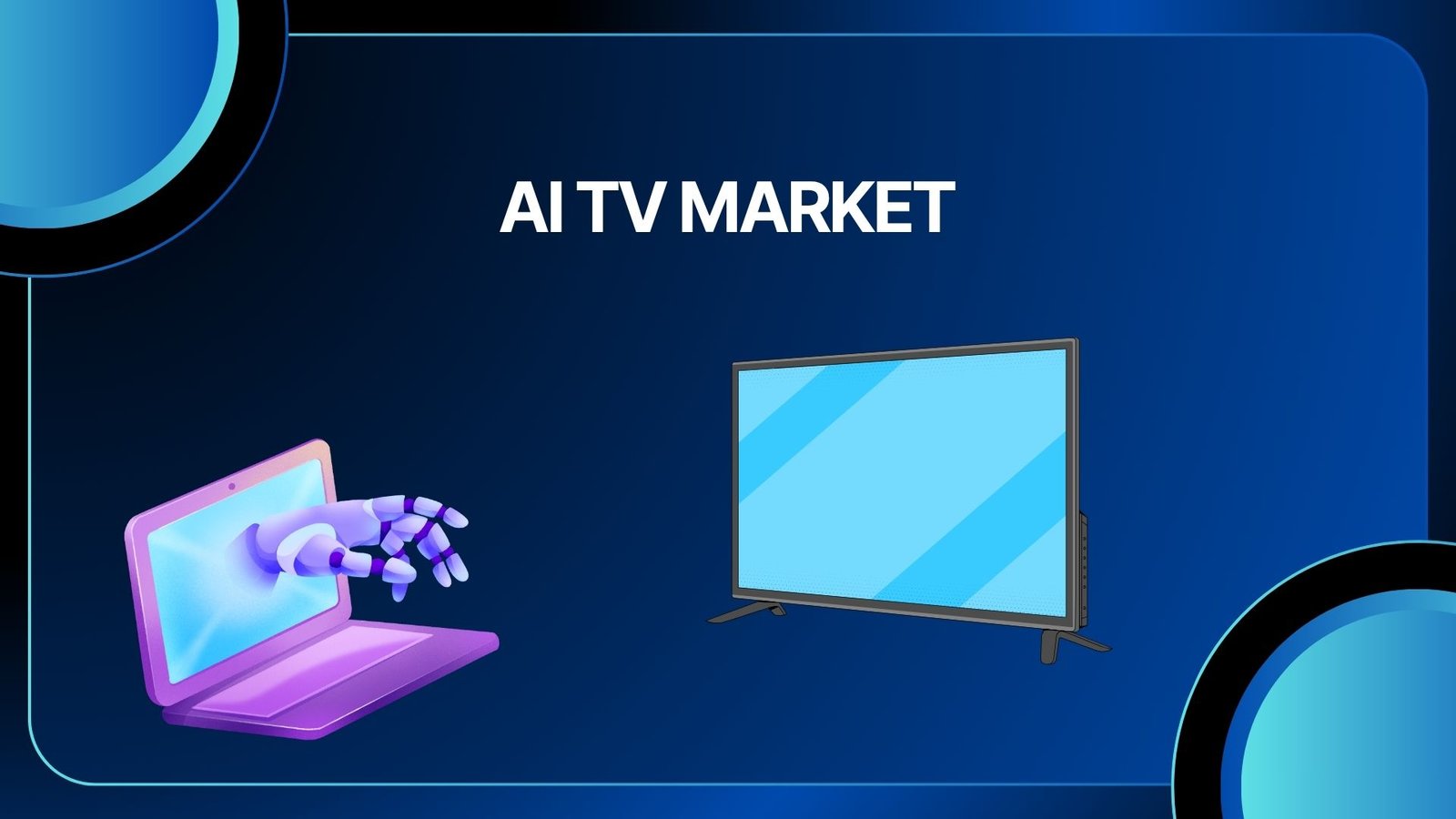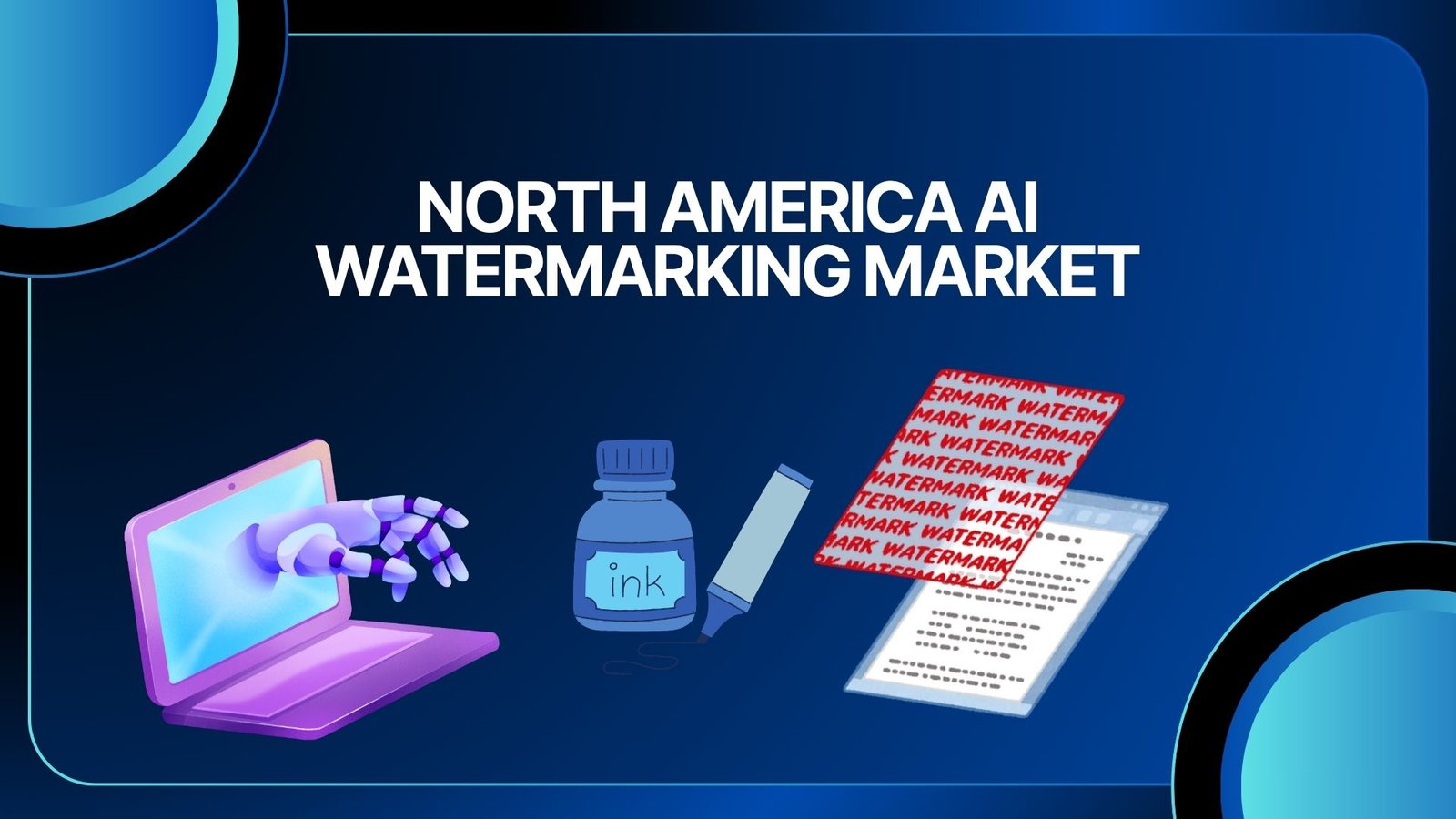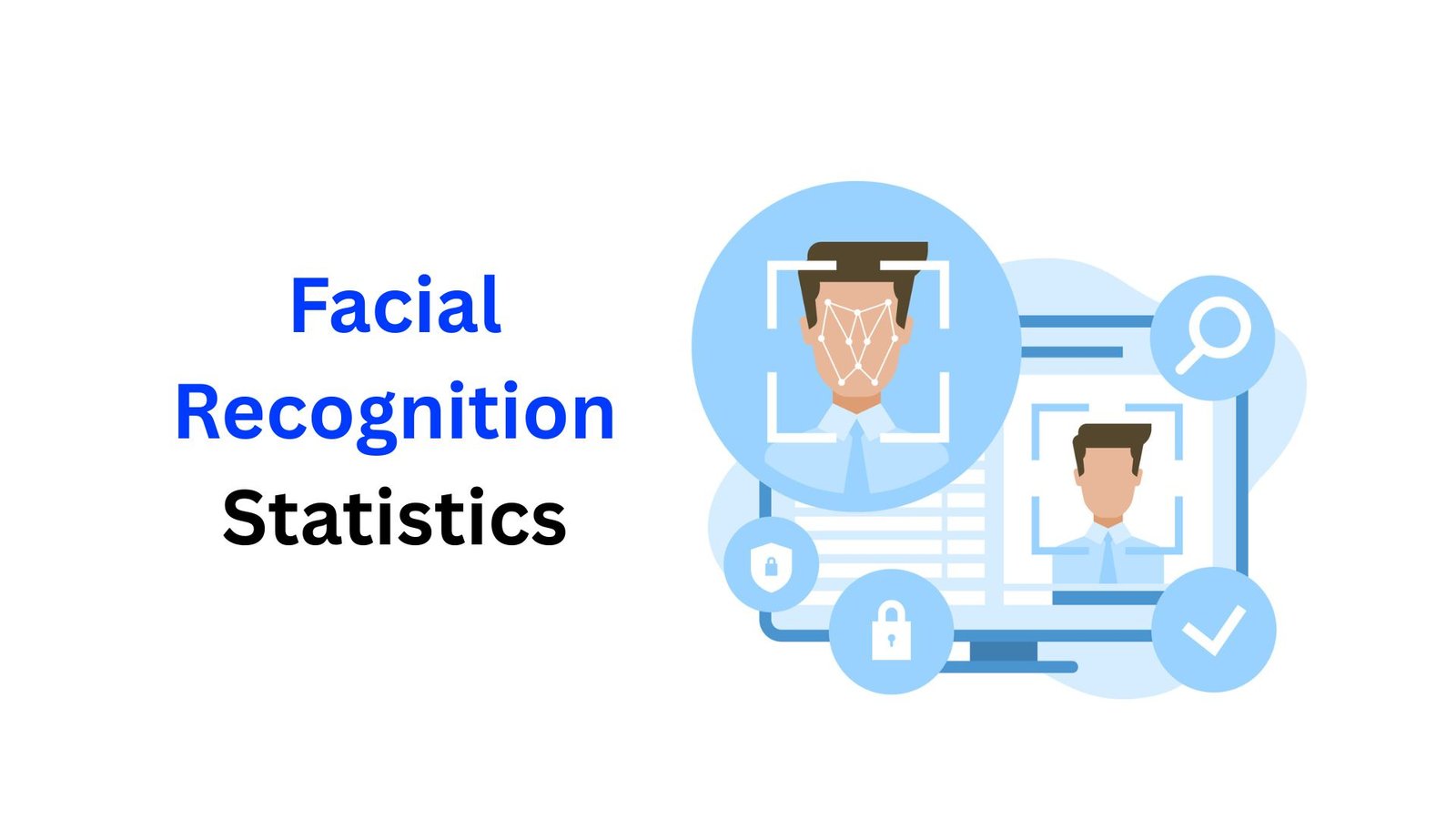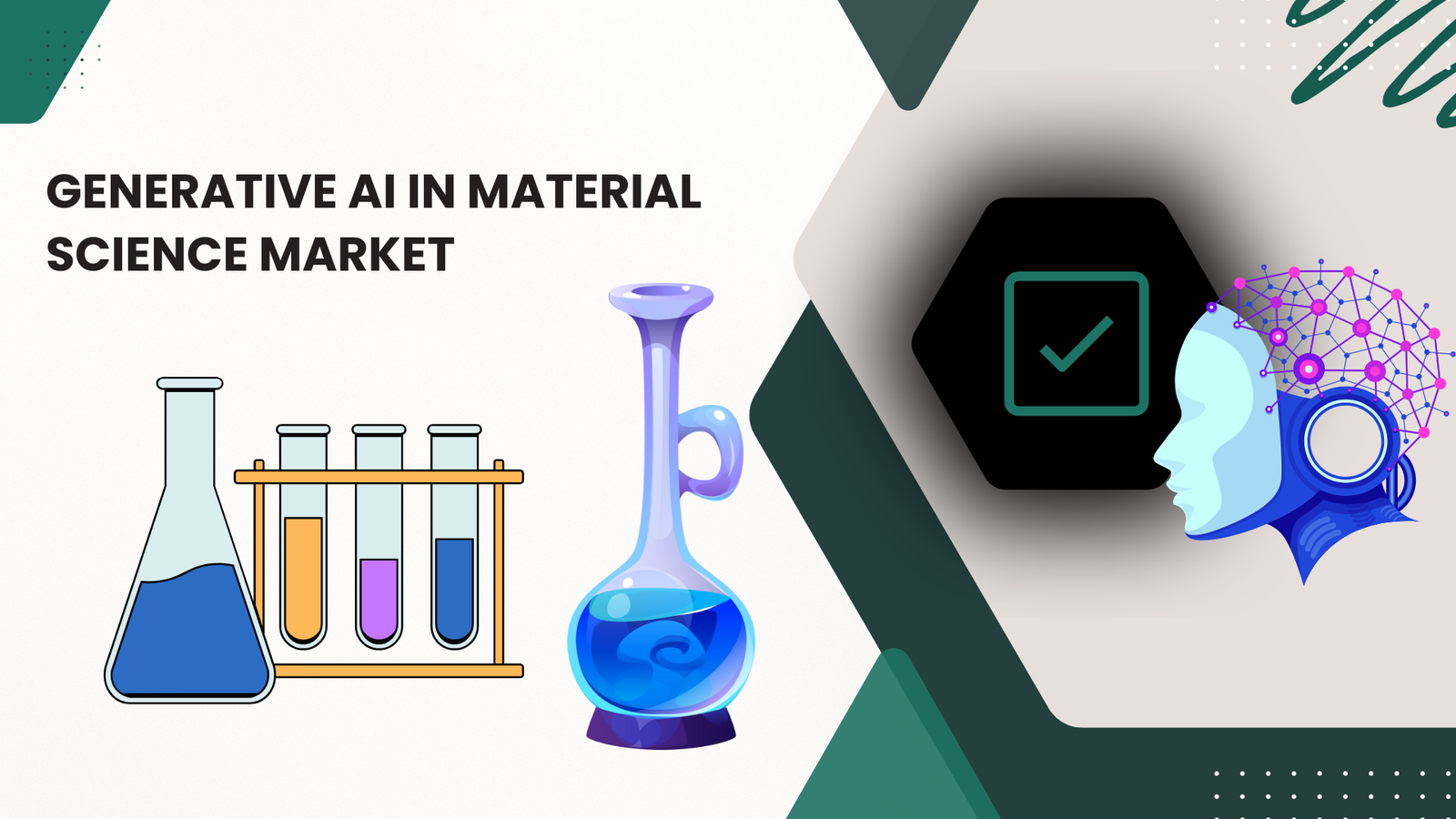AI Vehicle Inspection System Market on Track for USD 6.9 Bn By 2033
Updated · Sep 01, 2025
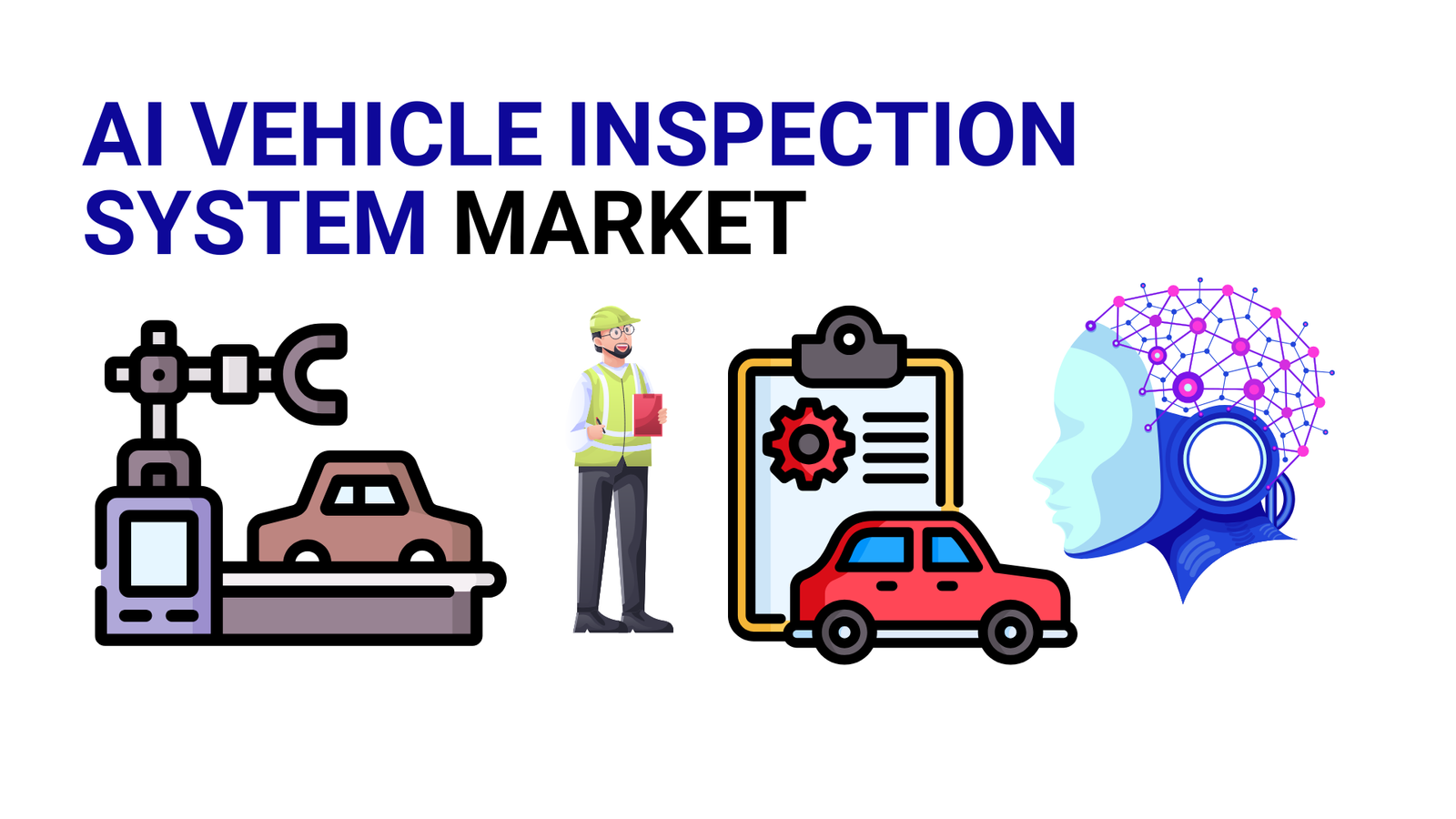
WHAT WE HAVE ON THIS PAGE
Introduction
The Global AI Vehicle Inspection System Market is expanding steadily as automotive industries and regulatory bodies adopt AI-driven technologies to enhance safety, efficiency, and compliance. Valued at USD 1.9 Billion in 2024, the market is projected to reach nearly USD 6.9 Billion by 2033, advancing at a CAGR of 15.8% over the forecast period.
The AI Vehicle Inspection System Market is centered on delivering automated and intelligent solutions to assess vehicle conditions using artificial intelligence technologies. These systems are designed to replace or augment conventional manual inspections by using machine learning, computer vision, and sensor integration to detect damages, defects, and safety issues more quickly and accurately. The market is expanding as automotive safety standards tighten and vehicle technologies grow complex, requiring more precise diagnostic tools for inspections.
One of the top driving factors fueling market growth is the demand for speed and efficiency in vehicle inspections. Traditional methods are time-consuming and prone to human error, while AI-powered systems can complete inspections in minutes with consistent accuracy. Rising regulatory requirements for vehicle safety and emission compliance push manufacturers and service providers to adopt these technologies. Additionally, the growing use of electric and autonomous vehicles with complex components necessitates advanced inspection systems capable of addressing technical intricacies.

In terms of demand analysis, the market is witnessing strong uptake from various sectors including insurance companies, vehicle rental and leasing businesses, used car marketplaces, and fleet operators. These industries benefit from faster claim processing, reduced fraud risk, standardized damage assessments, and improved fleet maintenance. Increasing labor costs and shortages of skilled human inspectors further drive adoption as AI systems can scale inspections without fatigue or variability.
Key Takeaways
- The AI Vehicle Inspection System Market is projected to grow from USD 1.9 Billion in 2024 to nearly USD 6.9 Billion by 2033, at a 15.8% CAGR.
- North America led the market in 2023 with 37.4% share, equal to USD 0.5 Billion in revenue.
- Hardware was the top product segment in 2023, contributing over 40% of the total market, driven by demand for sensors and cameras.
- Passenger Cars dominated by vehicle type, holding more than 56% of the market in 2023.
- OEMs were the leading customer group, securing over 31% share in 2023.
Analysts’ Viewpoint
From an investment opportunities standpoint, the market offers potential in expanding AI-powered inspection solutions for emerging vehicle types like electric and autonomous cars, as well as portable and user-friendly inspection tools for on-the-go assessments. Integration of AI with blockchain and 5G connectivity opens avenues for enhanced data security and faster reporting, presenting space for innovation and new entrants.
The business benefits of AI vehicle inspection systems are notable: significant reductions in inspection time, lower dependency on manual labor, consistent and objective vehicle assessments, prevention of fraud, better resource allocation, and enhanced customer satisfaction through transparent reporting. These factors contribute to stronger operational performance and cost effectiveness across automotive, insurance, and rental sectors.
The regulatory environment is becoming more stringent globally, with governments tightening safety, emissions, and inspection mandates. AI inspection solutions help companies meet these regulations efficiently by providing accurate, auditable, and repeatable inspection data. However, regulators sometimes present challenges due to variable standards across regions and data privacy concerns linked to the large volumes of vehicle and personal data collected.
Regional Analysis
In 2023, North America led the global market, capturing more than 37.4% of the share and generating about USD 0.5 Billion in revenue. This leadership is supported by early adoption of AI technologies in automotive diagnostics, strong regulatory frameworks promoting vehicle safety, and investments in advanced mobility solutions across the region.

Driver Factor
Real-Time Data Processing and Accuracy
One strong driver for the AI Vehicle Inspection System is its ability to process data in real time, which drastically improves inspection accuracy and speed. By leveraging advanced sensors and AI algorithms, these systems capture detailed information from various vehicle components quickly and reliably. This enables faster decision-making during inspections and helps detect defects that might easily be missed by human inspectors, leading to higher safety and compliance standards.
Moreover, the use of AI technology also reduces human error significantly. Traditional manual inspections are time-consuming and dependent on the inspector’s experience, but AI systems standardize the process to ensure consistent and objective assessments. This consistency is vital, especially in applications such as fleet management, insurance claim processing, and regulatory compliance where accuracy directly impacts operational efficiency and risk management.
Restraint Factor
High Initial Investment Cost
One considerable restraint slowing the adoption of AI Vehicle Inspection Systems is the high upfront cost involved in implementing these technologies. Small and medium-sized enterprises (SMEs), in particular, may find it financially challenging to invest in sophisticated AI hardware, software, and the necessary integration infrastructure. The cost includes not only purchasing but also training personnel to operate and maintain these advanced systems effectively.
Additionally, this investment barrier is amplified in emerging markets where companies often prioritize basic infrastructure over advanced technologies. The complexity of AI systems requires specialized skills, which can increase operational expenses further, limiting the accessibility and scalability of AI vehicle inspections across diverse regions or smaller businesses.
Opportunity Analysis
Growing Demand from Electric and Autonomous Vehicles
The evolving automotive landscape, marked by the rising presence of electric and autonomous vehicles, presents a significant opportunity for AI Vehicle Inspection Systems. These new vehicle technologies have complex components that require more sophisticated and adaptable inspection tools than traditional methods can provide. AI’s capability to analyze advanced driver assistance features and electronic components ensures these modern vehicles meet safety and performance standards reliably.
Furthermore, as governments enforce stricter regulations on vehicle safety and emissions, AI-powered inspections become an essential solution for compliance. The increasing volume of electric and autonomous vehicles on roads worldwide boosts the demand for intelligent inspection systems, which can handle the intricacies of these vehicles efficiently and provide accurate data to manufacturers, fleet operators, and regulators.
Challenge Analysis
Integration and Skill Gap
A notable challenge in deploying AI Vehicle Inspection Systems is the difficulty of integrating these advanced solutions into existing workflows and legacy infrastructure. Many organizations rely on older systems that may not seamlessly connect with new AI technologies, leading to operational disruptions, data silos, or inefficient processes. Overcoming these integration challenges often requires additional customization, IT upgrades, and change management efforts.
Besides technical integration issues, there is also a significant skill gap in the workforce. The effective use of AI inspection technology demands specialized knowledge and training, which many companies have yet to develop. This shortage of skilled personnel can slow down adoption rates, increase costs, and reduce the effectiveness of AI inspections, especially in regions or companies with limited resources for extensive training programs.
Key Market Segments
By Component
- Hardware
- Software
- Services
By Vehicle Type
- Passenger Cars
- Commercial Vehicles
By End-User
- OEMs
- Insurance Companies
- Fleet Management Companies
- Others
Top Key Players in the Market
- ProovStation
- DeGould
- Ravin
- Click-Ins
- Uveye
- Inspektlabs
- Tractable
- Monk AI
- Seeva Technologies
- Tchek AI
- Nexar
- Inspektlabs
- Other Key Players
Source of Information – https://market.us/report/ai-vehicle-inspection-system-market/
Sources

After graduating in Electrical Engineering, Maitrayee moved into writing after working in various technical roles. She specializes in technology and Artificial Intelligence and has worked as an Academic Research Analyst and Freelance Writer, focusing on education and healthcare in Australia. Writing and painting have been her passions since childhood, which led her to become a full-time writer. Maitrayee also runs a cooking YouTube channel.





